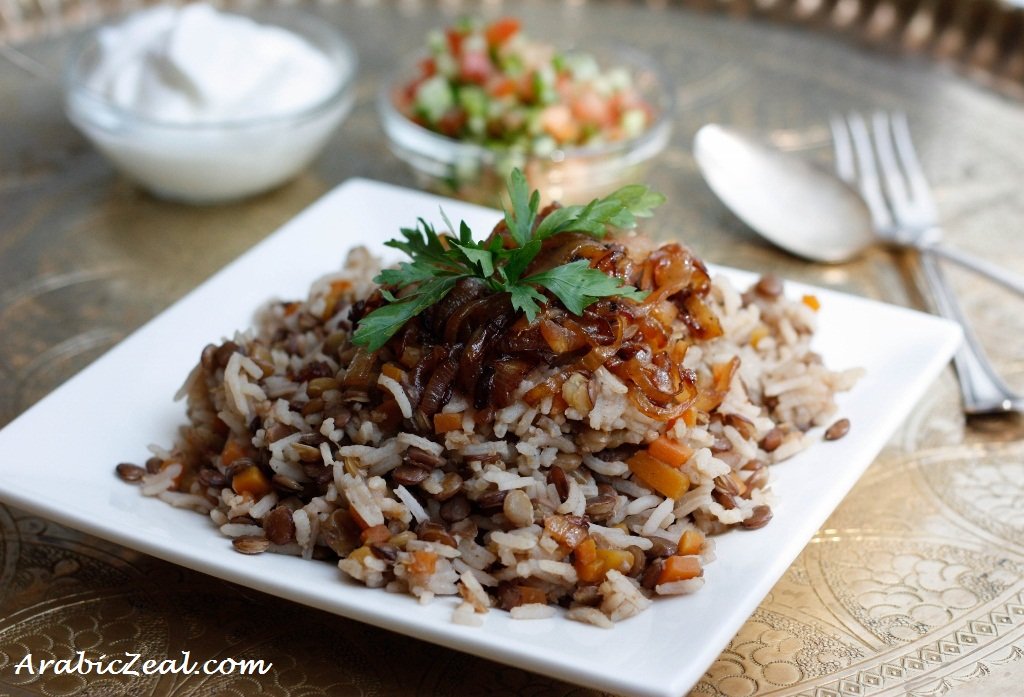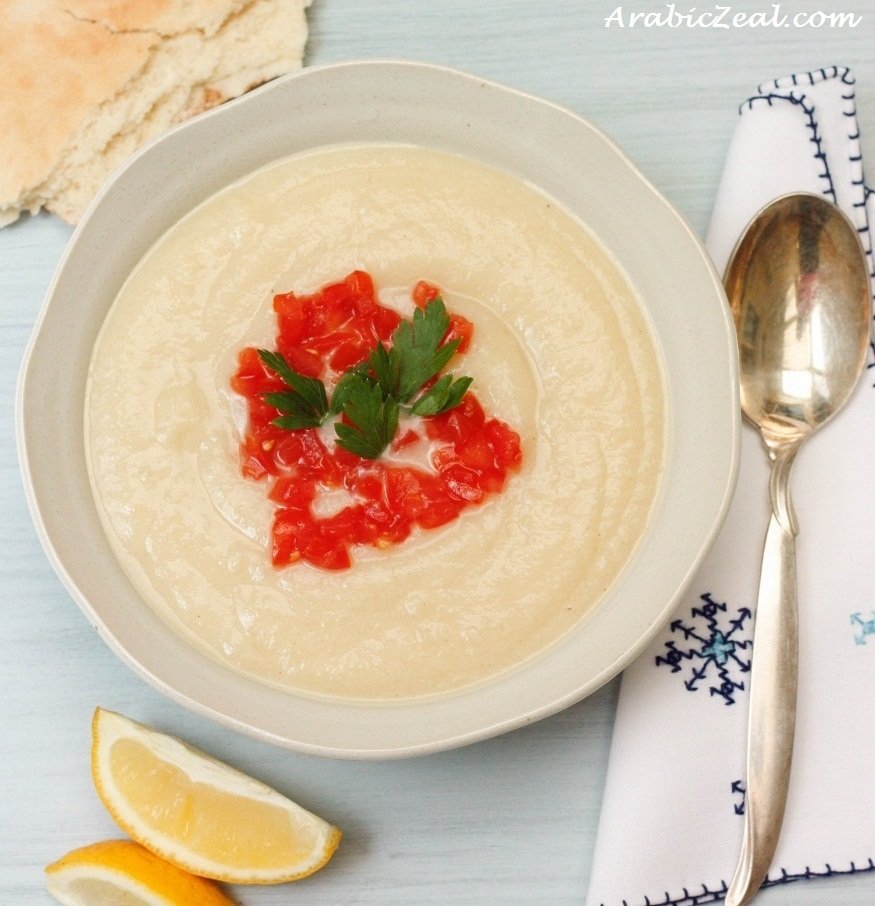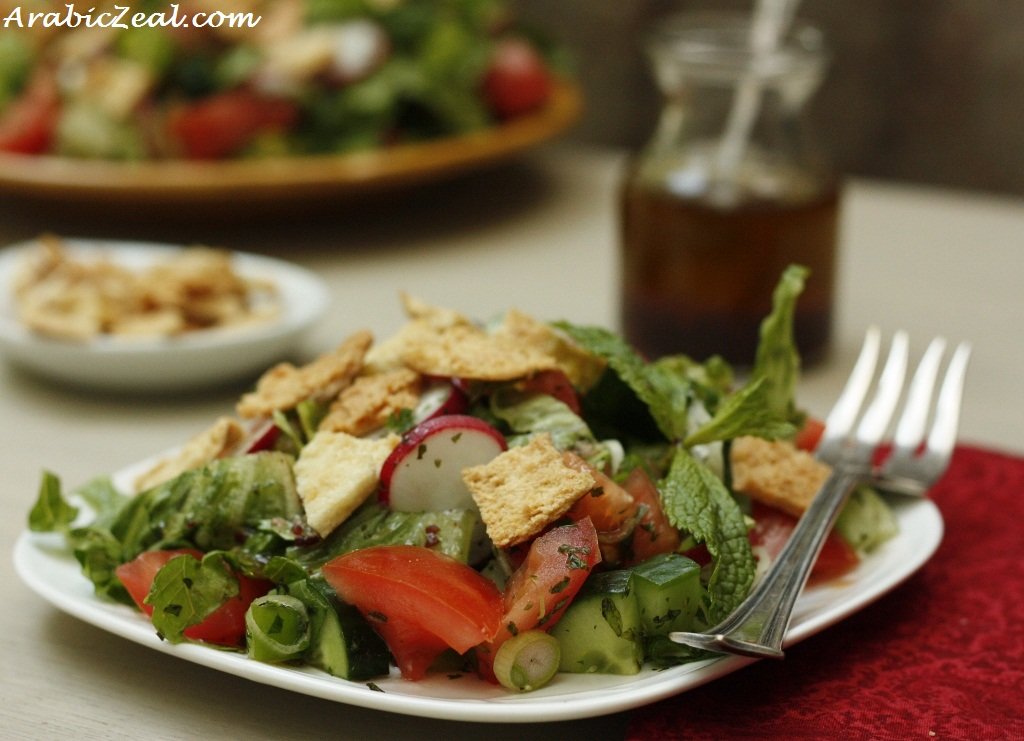Mujaddara ~ Palestinian Lentils & Rice
When my husband and I were starving university students, we ate this dish all the time—mostly because it was cheap and filling. Then at some point we stopped. We forgot all about lentils and rice for many years, as we graduated on to more “sophisticated” foods.
Recently, in an attempt to bring some vegetarian dinners to our table, I re-discovered mujaddara, so tasty, nutritious, and economical. When I presented the humble platter to my husband, he was surprised and thrilled—as though I was serving up a whole lamb or some rare delicacy.
He raved about the dish to the kids, how amazing and delicious it was—the fried onions over the cumin-flavored rice with a touch of yogurt. I suspect the taste unlocked some sentimental memories of his childhood in Palestine, where simple foods ruled the kitchen.
Lentils & rice is a classic Arab combination that goes back to medieval times. I’ve seen it prepared many ways—from a rice dish with just a bit of lentils to mostly lentils with a touch of rice. As for me, I like to make it half/half, a cup of each.
I also add a chopped up carrot. Though non-traditional, the carrot adds color and interest to an otherwise plain-looking dish.
Finally, do not skimp on the onion. More than a garnish, the onions flavor the dish in such a way that you’ll find yourself and a fellow diner fighting over the last remaining bits of onion. If you love onions, I suggest frying up three onions or even four. Trust me on this.
1 cup brown lentils
3 cloves garlic, minced
1 large carrot, chopped finely
1 cup rice
1 teaspoon cumin
1½ teaspoons salt or to taste
1/8 teaspoon freshly ground pepper
2 medium onions (more if you love onions)
2 Tablespoons olive oil
Method
- Start boiling some water for use later.
- Wash lentils and put in large cooking pot with 2 cups cold water. Add carrots and garlic. Bring to boil, lower heat, cover and simmer for 15 minutes.
- While lentils cook, start soaking the rice. Place rice in heat-resistant bowl, cover with boiling water and stir. Soak rice for about 15 minutes.
- Drain rice well and mix with the cooked lentils and 1½ cups hot water. Add cumin, salt and pepper. Cover and simmer until all water is absorbed, about 15 minutes or longer.
- While rice and lentils cook, halve the onions vertically and slice thinly. Fry onions in the olive oil until golden brown.
- Transfer the mujaddara to a platter and top with the fried onion. Serve with a Simple Arabic Salad and Yogurt Cucumber Salad or simply plain yogurt.
Note: If you prefer a more traditional mujaddara, omit the carrot and reduce the hot water from 1½ cups to 1 cup in Step 4.
Questions: How do you prepare Mujaddara? What are your memories of this dish?







